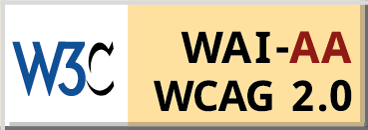Israel-Hamas Clash: What it Means for West Asia?
The Israel-Hamas clash diminishes prospects for the revival of the peace process and strengthens Hamas’ position as the preeminent Palestinian faction.
- Md. Muddassir Quamar
- 2021 |
- IDSA Comments
- |
The Israel-Hamas clash diminishes prospects for the revival of the peace process and strengthens Hamas’ position as the preeminent Palestinian faction.
The attack on former Maldivian President and current Speaker of the Majlis, Mohammad Nasheed, on May 6, 2021 has brought to attention the country’s tenuous political stability, compounded by the problem of Islamist radicalisation.
The ban imposed on the Tehrik Labaik Pakistan (TLP) by the Pakistan government will not defang the religious radicalism that forms its core strength.
The article attempts to explain India’s contrasting strategic choices with regard to China-led initiatives in South Asia. While India chose to join the AIIB, it has opposed the BRI. While the India–China relationship has been defined by the security dilemma for long, China’s involvement in the region makes the security dimension even more salient. More so, because infrastructure connectivity projects change the existing relations of power and influence.
The growing ties between China and Iran can have challenges for India’s relations with Iran and interests in the Persian Gulf region. Nonetheless, it is unlikely to seriously affect India-Iran bilateral ties that remain robust and have withstood challenges earlier.
Air power has played a critical role in counter-insurgency and irregular warfare across the world. India’s own rich experience is full of documented roles of air power in such campaigns. This article documents the unique experience of Indian air power in ‘robust’ peacekeeping under the United Nations (UN) flag in Democratic Republic of the Congo in 2003– 2010. A modelling is attempted to understand doctrinal and conceptual issues of this experience. Lessons are gleaned to improve air power’s effectiveness in such less-than-war situations.
India’s defence eco-system is indeed becoming more dynamic as it strives to achieve the tough defence exports targets.
With India’s current semiconductor demand of $40 billion expected to rise to $100 billion by 2025, the time is indeed right to begin production of semiconductors within the country.
India’s stand at the United Nations Human Rights Council on the resolution relating to human rights situation in Sri Lanka should be based on its long-term interests in the teardrop island.
Even as he continues to work towards reviving the Ottoman glory and ‘Ittihad-I Islam' (‘Unity of Islam’), there are significant limitations in Turkish President Recep Tayyip Erdogan pursuing his Islamist approach to statecraft abroad.



